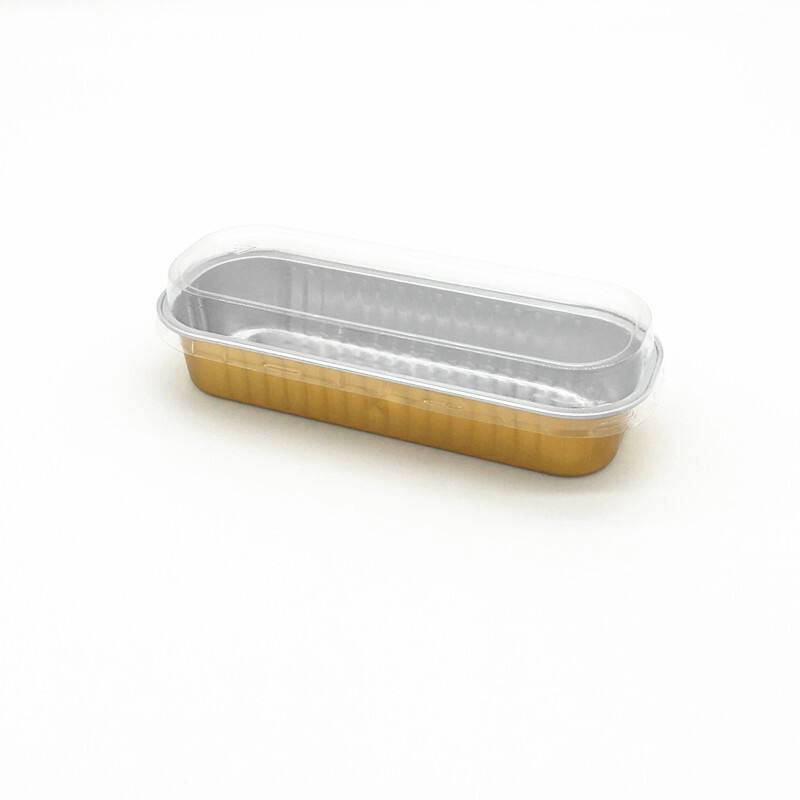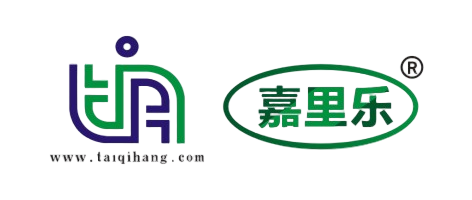Understanding the Essential Qualities of Premium Food Packaging Solutions
The quality of aluminum foil containers plays a crucial role in modern food packaging and storage solutions. These versatile containers have become indispensable in both commercial and household settings, offering a perfect balance of durability, convenience, and food safety. From takeout restaurants to home meal preparation, aluminum foil containers serve as reliable vessels for storing, transporting, and heating food while maintaining its freshness and integrity.
The market demand for high-quality aluminum foil containers continues to grow as consumers and businesses increasingly prioritize food safety and convenience. Understanding the key features that determine container quality is essential for making informed decisions about packaging solutions. This comprehensive guide explores the vital characteristics that ensure aluminum foil containers meet industry standards and consumer expectations.
Material Composition and Manufacturing Excellence
Premium Grade Aluminum Selection
The foundation of superior aluminum foil containers begins with the selection of high-grade aluminum alloys. Quality manufacturers use food-grade aluminum that typically contains 99% pure aluminum with carefully controlled amounts of other elements. This precise composition ensures optimal strength, conductivity, and safety for food contact applications. The thickness of the aluminum foil used is also crucial, usually ranging from 0.05mm to 0.09mm, depending on the intended use and required durability.
The quality of the raw materials directly influences the container's performance in various applications. Premium aluminum foil containers maintain their structural integrity even when filled with heavy contents or exposed to temperature extremes. The material's purity also prevents any unwanted chemical reactions with food items, ensuring both safety and taste preservation.
Advanced Manufacturing Processes
State-of-the-art manufacturing techniques ensure consistent quality across production batches. Modern facilities employ precision equipment for rolling, stamping, and forming aluminum foil containers. The manufacturing process includes multiple quality control checkpoints, where containers are inspected for uniform thickness, proper shape formation, and absence of defects.
Advanced surface treatment processes enhance the containers' properties, such as improved heat resistance and non-stick characteristics. These treatments may include specialized coatings or texturing that contribute to the overall functionality and user experience of the containers.
Structural Design and Performance Features
Reinforced Rim Construction
Quality aluminum foil containers feature carefully engineered rim designs that provide structural stability and user safety. The rim construction typically includes a rolled or curved edge that prevents sharp edges while adding strength to the container's overall structure. This reinforcement is crucial for maintaining shape integrity during handling, stacking, and transportation.
Premium containers often incorporate additional reinforcement features along the rim, such as double-folded edges or specialized crimping patterns. These design elements not only enhance durability but also facilitate secure lid fitting and improve handling safety for end users.
Strategic Sidewall Engineering
The sidewalls of high-quality aluminum foil containers are designed with specific angles and patterns that optimize strength and stability. Manufacturers carefully calculate the wall thickness and implement structural features like ribbing or embossing to prevent deformation under various loads and temperature conditions.
These engineering considerations ensure that the containers maintain their shape when filled with hot foods, during transportation, and throughout the heating process. The sidewall design also influences stackability and storage efficiency, important factors for commercial users and retailers.

Safety and Compliance Standards
Food Contact Safety Certification
Premium aluminum foil containers must meet stringent food safety standards and regulations. Quality manufacturers ensure their products comply with FDA requirements and international food contact material standards. This includes regular testing for metal leaching, chemical resistance, and overall material safety under various usage conditions.
Certification processes often involve third-party testing and validation to verify that containers maintain their safety characteristics throughout their intended use. This includes resistance to both high and low temperatures, compatibility with various food types, and stability during extended storage periods.
Environmental and Health Considerations
Modern aluminum foil containers are designed with environmental sustainability in mind. Quality manufacturers focus on producing containers that are not only recyclable but also manufactured using energy-efficient processes. The aluminum used should be sourced responsibly and processed in facilities that maintain strict environmental controls.
Additionally, premium containers are designed to minimize environmental impact while maintaining their primary function of food protection. This includes optimizing material usage without compromising strength and implementing eco-friendly packaging solutions for container distribution.
Performance Under Various Conditions
Temperature Resistance Properties
High-quality aluminum foil containers demonstrate exceptional performance across a wide temperature range. They maintain structural integrity in freezer storage (down to -40°F) and withstand oven temperatures up to 500°F. This versatility makes them ideal for various food service applications, from frozen meal storage to oven-ready convenience foods.
The material's thermal conductivity properties ensure even heat distribution during cooking or reheating, while preventing hot spots that could compromise food quality. Quality containers also resist warping or deformation during rapid temperature changes, maintaining their protective properties throughout the temperature cycle.
Moisture and Chemical Resistance
Superior aluminum foil containers feature excellent barrier properties against moisture, oils, and other potentially damaging substances. The container surface should resist corrosion from acidic foods and maintain its integrity when exposed to various sauces, marinades, and food ingredients.
The quality of surface treatment and material composition ensures that containers remain stable even during extended contact with challenging food products. This resistance helps prevent contamination and maintains food freshness throughout the intended storage period.
Frequently Asked Questions
How can I identify high-quality aluminum foil containers?
Look for containers with uniform thickness, smooth edges, and proper rim reinforcement. Quality containers should feel sturdy, have consistent coloring, and display appropriate certification markings. They should also come from reputable manufacturers who comply with food safety standards.
What temperature range is safe for aluminum foil containers?
High-quality aluminum foil containers can typically withstand temperatures from -40°F to 500°F. However, it's important to follow specific manufacturer guidelines and avoid extreme temperature shock that could compromise container integrity.
Are aluminum foil containers environmentally friendly?
Yes, aluminum foil containers are environmentally responsible when properly recycled. They are 100% recyclable and can be processed indefinitely without losing quality. Many manufacturers also use partially recycled aluminum in their production, further reducing environmental impact.
How long can food be stored in aluminum foil containers?
The storage duration depends on the food type and storage conditions. When properly sealed and stored, quality aluminum foil containers can maintain food freshness for several months in the freezer and several days in the refrigerator. Always follow food safety guidelines and check for any signs of container degradation before use.

